If you’ve ever browsed through inspirational quotes, you may have seen author and spiritual teacher, Amit Ray’s line, “If you want to conquer the anxiety of life, live in the moment, live in the breath.” He’s right: That is all you have to do.
But then why does it feel so difficult to calm the monkey mind?
Directionlessly aiming to “live in the moment” is comparable to setting a poorly crafted, broad, open-ended goal, such as, “I’m going start living healthy.” Sure, it’s an excellent idea, but it severely lacks specifics. Does living healthier include running twice a week, eating three vegetables a day, consuming alcohol only on the weekend?
Hence why Amit Ray takes entire books to cover the topic of mindfulness!
To help you live a more mindful life without the several-hundred-page deep dive, we outlined four actionable and essential steps, as well as an overview of the benefits of doing so. However, just because these steps are actionable doesn’t mean they’ll be easy. Should you need mindfulness coaching, we’ve provided contact information at the bottom of this piece, but first, let’s review these steps to get you headed in the right direction.
Quick Review: What Is Mindfulness?
As we define it at Mindfulness Strategies, “mindfulness is being fully cognizant of yourself (both mentally and physically), your environment, and the present moment.”
In the context of the steps below, mindfulness is the awareness of your experience at the moment without judgment. It’s a walk around the neighborhood while noticing the different smells, sounds, and the feeling of the ground under your feet. Mindfulness is genuinely and intently listening to your co-workers tell the story of their weekend without looking at your phone.
Every human is capable of being more mindful. It’s a state, not a trait. It will take some time for you to train yourself to be in this mindful state, and it gets easier the more you practice the tools and techniques. Living a more mindful life has an array of benefits including:
Reduced anxiety
Reduced body aches
Reduced emotional reactivity
Reduced feelings of loneliness
Reduced rumination
Reduced stress
Improved focus
Improved cognitive flexibility
Improved emotional intelligence
Improved productivity
Improved relationship satisfaction
Improved working memory
1. Eat With Intention
It’s all too easy to scarf down lunch at your desk. Make an effort to eat your meals without distractions such as checking email, scrolling through social media, or watching YouTube from your phone. For your next meal, whether it’s takeout or homemade, practice these steps:
Give gratitude for the meal you are about to consume through prayer or another way that makes sense to you
Take in the visual and aromatic elements of your meal, noticing the colors, smell of different spices and the various ingredients of the meal
Take small bites and chew slowly
Describe the taste and texture to yourself during each bite
2. Accept all of Your Emotions
A 2017 study found there are 27 different human emotions. Of the 27 expressions, 10 are associated with negativity and emotional discomfort.
While negative emotions can send us into an uncomfortable state of mind, they are necessary. Without negative emotions of sadness, disgust, and anger, it would be hard to know that euphoria of awe, joy, and excitement. Rooted in primal instincts, negative emotions are also vital to evolution and move us to take action to increase survival.
The Gottman Institute recommends the following steps when negative emotions arise:
Turn towards your emotions, acknowledging where it’s bubbling up in your body, such as knots in your stomach or tightness in your shoulder
Give your emotions a label. This is sadness; this is anger, etc.
Acknowledge your emotion, just like you would your neighbor. Don’t ignore or deny the emotion, simply acknowledge that it is present.
Know this negative emotion will pass. Our emotions ebb and flow throughout the day and this negative emotion won’t stay forever.
Inquire what started this negative emotion, asking yourself questions such as “what triggered this feeling?” or “what is causing me to feel this way?”
Release the control. It’s not important to control your emotions all the time, especially negative emotions.
3. Set Boundaries with Your Phone
Does reading an email from a furious co-worker first thing in the morning really put in the right mindset for the day? No.
Our phones offer modern convenience by hosting our alarm clock, email app, calendar, weather, news, and social media feed all in one. But our phones are also a source of significant stress and distraction. The APA reports that people who are “constant checkers” had higher levels of stress (5.3 points out of 10) compared to those who didn’t check their phone as much (4.4 points out of 10).
Lower those stress levels by managing your phone instead of letting your phone manage you.
Set aside time daily or weekly for “phone-free” time. This could look like unplugging an hour before bed and reading a book instead of scrolling through your social feeds.
Put your phone on silent or even “Do-Not-Disturb” when hanging out with family and friends. This allows you to focus on the conversation with loved ones.
Turn off notifications on apps such as email, games and social media. It’s so tempting to open an app every time there’s a new notification. It can even cause stress until the notification icon goes away. By turning off the notifications, you decide when it’s to check the app.
4. Do One Thing at a Time
You might think you are most efficient when multitasking, but the reality is, you’re not.
Productivity is lowered by as much as 40 percent because the brain is not accomplishing multiple things at once, but rather quickly switching from task to task.
Practice monotasking to improve overall productivity with these tips:
Block out chunks of time on your calendar to focus on one task such as a report
Eliminate distractions by putting away your phone, closing out your email and putting up the “do not disturb” status on the company chat room.
Refocus your to-do list on activities or projects that have the greatest impact
Incorporate Mindfulness
These simple changes, such as eating your lunch with intention and focusing on one task, can reduce stress and improve productivity. If you’re interested in incorporating more mindful living tactics, contact Mindfulness Strategies today.




